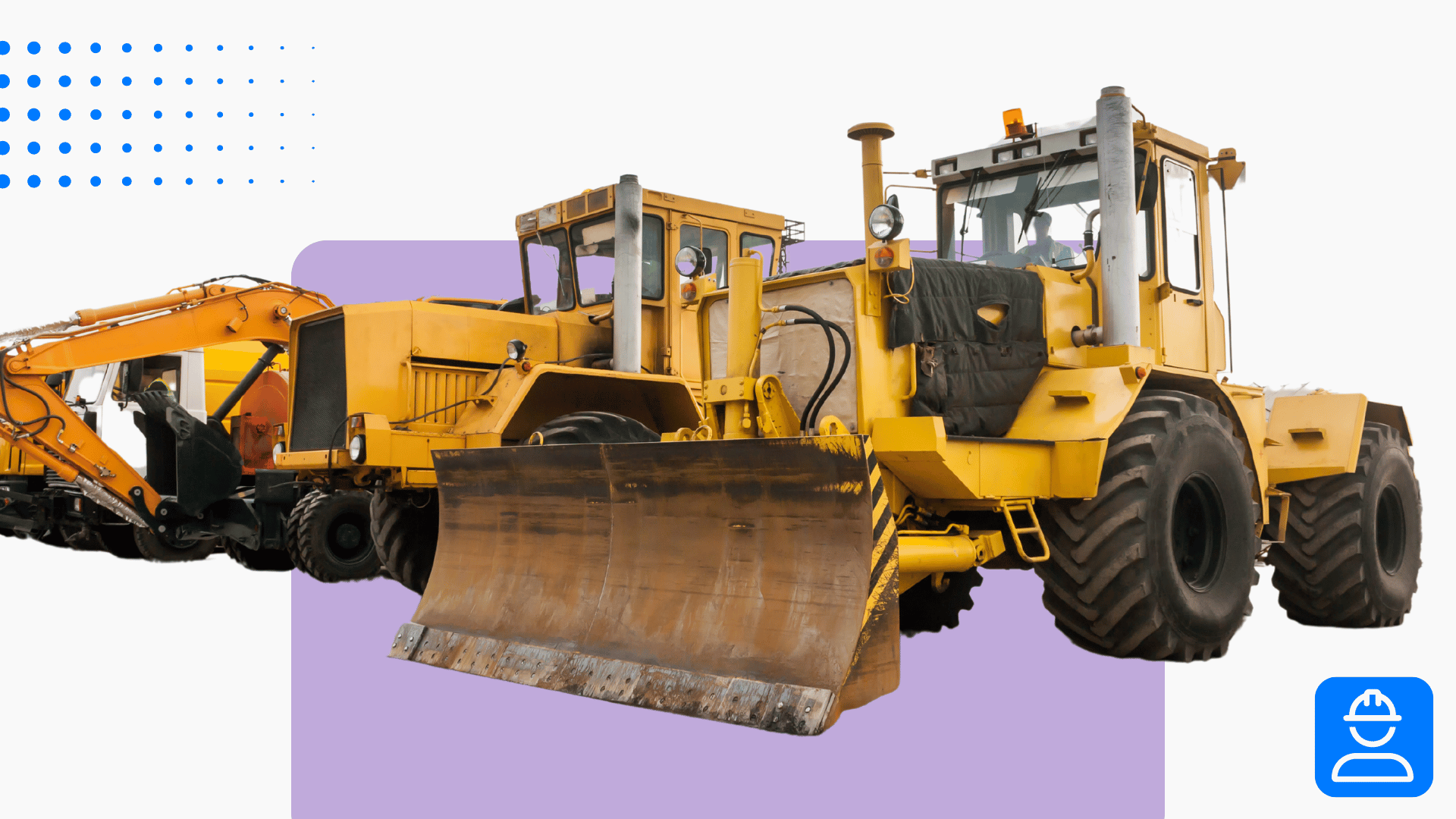Operating heavy equipment is one of the more dangerous tasks within a worksite. If drivers don’t follow the safety procedures in place, then they increase safety risks for everyone around them. Discuss the talking points in this heavy equipment toolbox talk to prevent equipment-related safety incidents.
Frontline EHS for equipment maintenance tracking
In this webinar, we discuss how you can use Frontline ACT and MOC to track maintenances and oversee critical changes.
Heavy equipment toolbox talk overview
In this toolbox talk, we’ll cover:
- The risks of operating heavy machinery
- Best practices for using heavy equipment
- Reducing safety risks
Understanding this information is key to operating heavy equipment safely for everyone within the work area.
Heavy machinery operation hazards
The risks of operating heavy machinery typically fall into two categories: risks to operators and risks to bystanders. Some examples of safety hazards include:
- Equipment rollovers
- Collisions with bystanders, structures, etc.
- Loss of control
- Distractions
Whenever you operate heavy equipment, you need to check your surroundings for these and other potential hazards. That way, you can assess the best way to complete the task without comprising anyone’s safety, including your own.
Best safety practices for heavy equipment toolbox talk
Some of the best safety practices for heavy equipment operation include:
- Conduct a full safety inspection of the equipment before operating it.
- Immediately report any safety concerns you have.
- Never attempt to repair heavy equipment unless you’re trained to do so.
- Always establish right of way with pedestrians before moving through a stop sign.
- Follow the manufacturer’s guidelines for safely starting up the equipment.
- Only operate the machinery that you’re trained to use.
- Use a spotter when navigating a tricky area with potential collision hazards.
- Keep a safe distance from other operators, structures, and obstacles.
- Communicate your movements with workers in the nearby area.
It all boils down to preventative hazard control and good communication. If you can practice those two skills consistently, then you’ll be far less likely to cause a safety incident while operating heavy equipment.
Reducing safety risks
As an operator, it’s your job to reduce safety risks whenever and wherever you can. The way to do this is to look for potential issues before you start driving. Situational awareness is key for observing hazards in real-time and reacting accordingly.
Another way to reduce risk is to correct issues as early as possible. If you have any problems with your heavy equipment, you need to report them and get them fixed. The last thing you want to do is wait until you’re in the middle of a task for something to break down.
And of course, you want to do everything possible to protect yourself if accidents do happen. This means using a seat belt (when applicable), wearing the right PPE, and keeping your eyes on your path of travel. These behaviors, while seemingly small, play a major role in reducing the risk of injury and keeping you safe during heavy equipment operation.



